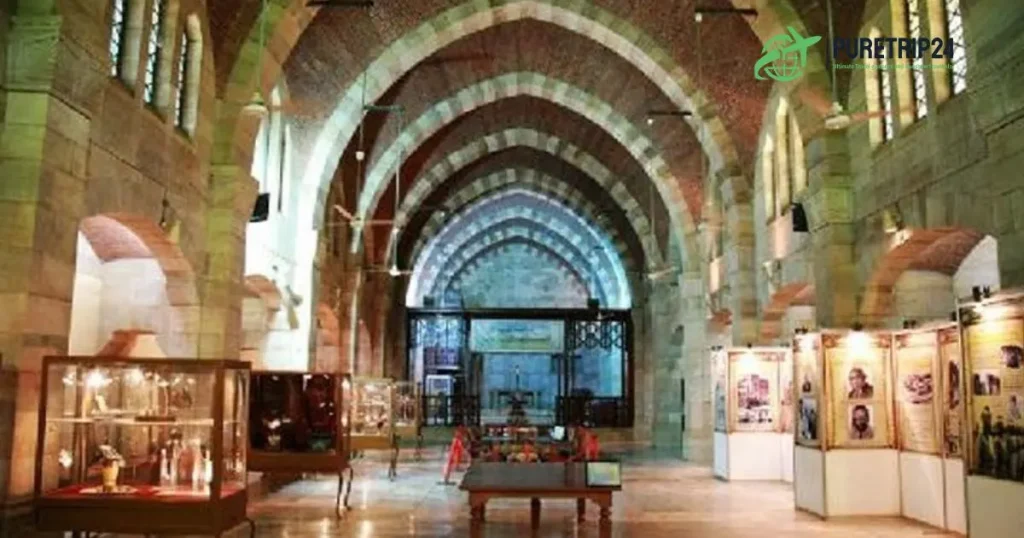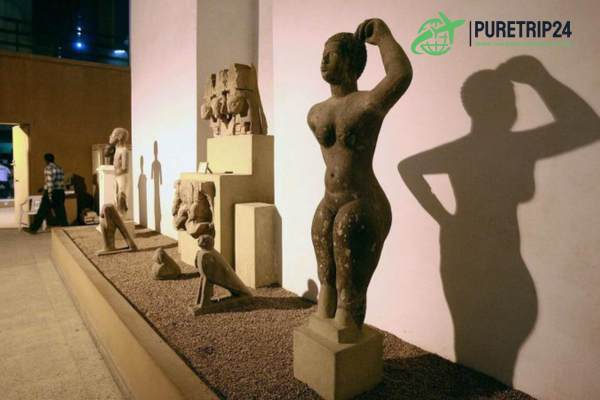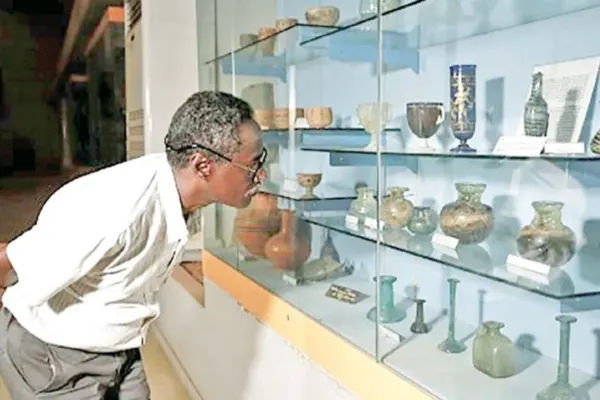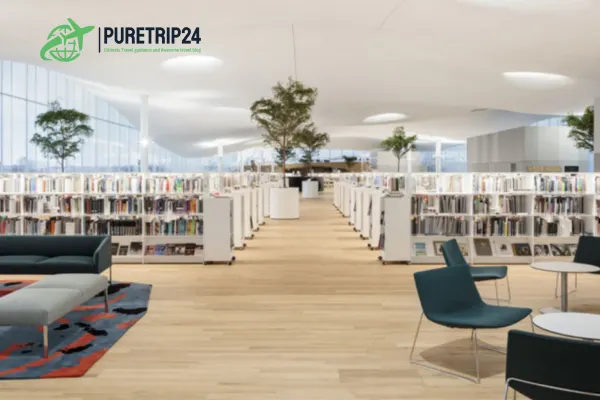Welcome to PureTrip24. Com, your essential depository of motivation and societal shrewdness! The Sudan National Museum is a must-visit part of your travels to Sudan, particularly if you come through Khartoum. Closed to the public in recent times, this museum is a rich archive of history not only but also an interesting window into Sudanese culture. To help you prepare for a memorable trip, we are walking you through it step-by-step in this blog post here!

Sudan National Museum in Review At puretrip24
The Sudan National Museum was founded in 1971 as a reflection of the rich history that characterizes the country. The museum holds an extensive exhibit of more than 20,000 objects many from the days when this was kush kingdom. You will see masterpieces of every kind as you explore the museum which tells Sudanese history from ancient times till our days.
Why Visit the Museum?

Cultural Significance: Sudan was home to some of the earliest civilizations in Africa and has a rich tradition that dates from over 5,000 years of history thus this museum is a must-visit for any historical enthusiast.
Uncommon Artefacts: The exhibits consist of historical mummies to nice jewelry, you get entry to see the workmanship and inventive skill of previous civilizations.
Educational Experience; The museum is great for learning about the nice jewelry and is perfect for travelers.
Key Exhibits to Explore
Kushite Artifacts
One of the key features of the Sudan National Museum is its large assortment of Kushite elements. The Kingdom of Kush developed along the Nile as an influential civilization. Here, you can see:
Sarcophagi, Mummies — Learn about ancient methods of burial and attitudes towards the afterlife from these well-kept relics.
Pottery and Tools: Everyday objects demonstrating the life of the Kushite people.
Nubian Treasures

Also impressive are the museum’s quantities of Nubian artifacts, which display art and traditions from what was once a classic civilization. Key items include:
Statues and Relief: These basic pieces were monuments symbolizing religious rituals as well as the social organization of Nubiansociety.
Jewellery and Adornment- Intricately designed, these give value to the artistry of ancient Nubian aesthetics.
Temporary Exhibitions
Look out for some special exhibitions, mostly featuring contemporary Sudanese artists. They connect the rich history of Sudan to its lively present making it an engaging display.
Essential for travellers
Location and Accessibility
The Sudan National Museum is centrally located in the city of Khartoum, near where the Blue and White Nile rivers merge. Or why not make it a stop on your itinerary as this venue is easily reachable by taxi or public transportation.
Opening Hours
Museum opening hours typically run from 9 AM to 4 PM, seven days a week [except on Fridays]. Check the official website for updates and information on special events that may alter regular hours. CREATED BY
Admission Fees
The entry fee is affordable, so you can go in and discover the history of Sudan without ruining yourself. Before visiting the museum, you should double-check current prices on their website or at the gate
Guided Tours:You must go for guided tours because expert guides might offer some hyperbolic and deep details of the artifacts, which can be more interesting.
Photography:You are allowed to take photographs in many areas, but certain regions have limits. Look for signs, and if you are unsure…just ask!
ITINERARY ALERT: Set aside 2-3 hours to be able to go through the museum at a quick pace. There is a lot to see, and you do not want to get anything.
Khartoum is hot AF, especially during the summer; make sure that you stay hydrated. Take a water bottle for the course of your stay, to keep you hydrated.
Go to the Museum Store You may miss this museum store, but you will find a good selection of souvenirs and books that represent Sudanese culture.
Surrounding Area for More Adventure on Your Trip
After that, there are the other 5 attractions near the museum you can visit on your Khartoum trip:
- Nile Street
Have a peaceful walk on Nile Street with great views of the River and City. Head to one of the riverside cafes for a cold drink or enjoy an authentic Sudanese meal.
The Sudanese National Library

Not too far of a walk, this library has plenty to read about concerning Sudanese history and literature. It is a lovely place to unwind and read.
- Tuti Island
Opposite Khartoum, there is Tuti Island: here you can grab a casual boat ride away from the hustle and bustle of Sudan’s capital while at it enjoy picturesque views of daily life at local eateries.
Cultural Etiquette Tips
In your wanderings through the Sudan National Museum and in engaging with these people, remember to respect the customs of such a country like:
Cover-up: Although more liberal than its rural areas, Khartoum demands respect for tradition so it is essential to cover those jubblies ministers!
Request Permission:Ensure you always request permission before taking any photos of other people or someone else’s private property.
Say Please & Thank You: Remember how significant polite greetings can be in Sudanese society. You can use a basic word like “Salam” to mingle with the native people.
Conclusion
The Sudan National Museum is a treasure trove of the cultural heritage of Sudan. Through the ages, its 22 sections span from ancient antiquities to contemporary art—providing a structured way to see where you have been and help understand what it offers today. With this guide, your visit will hopefully be a fuller and richer encounter with the land of Japan.
